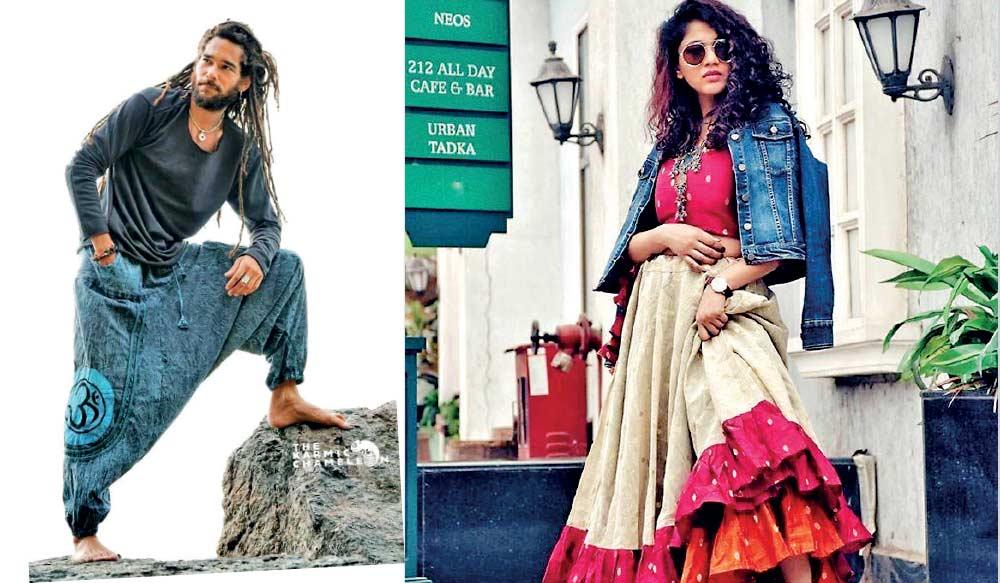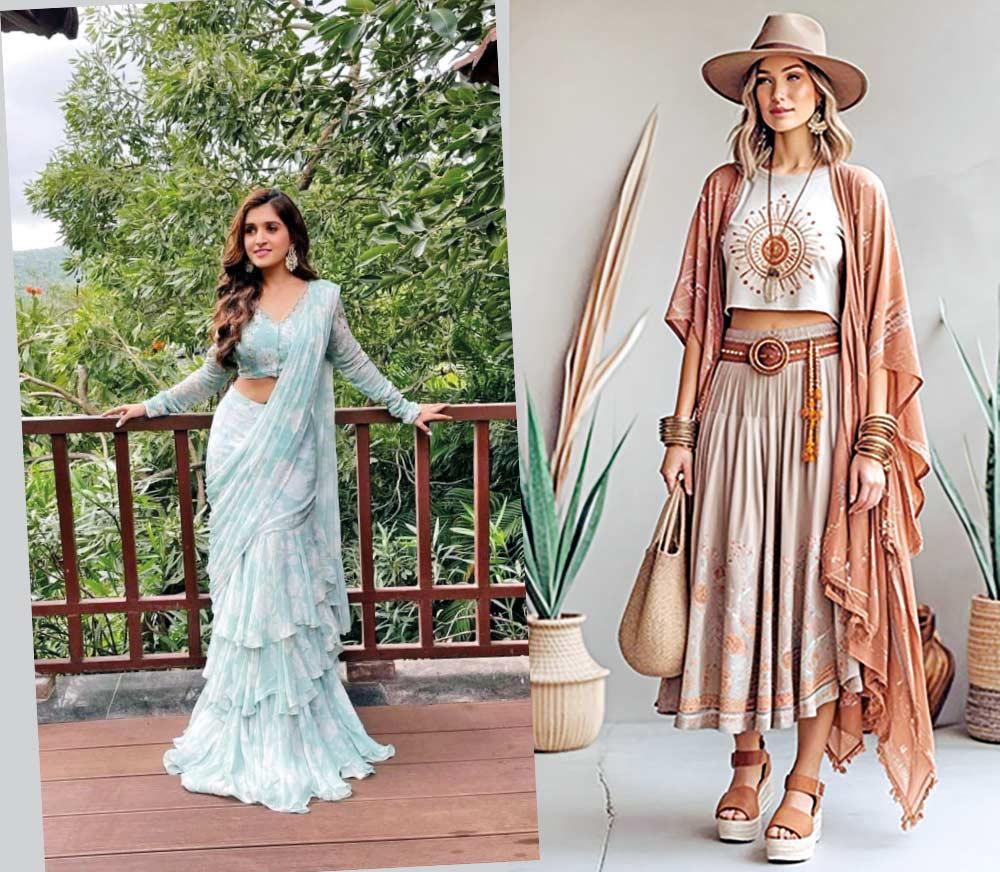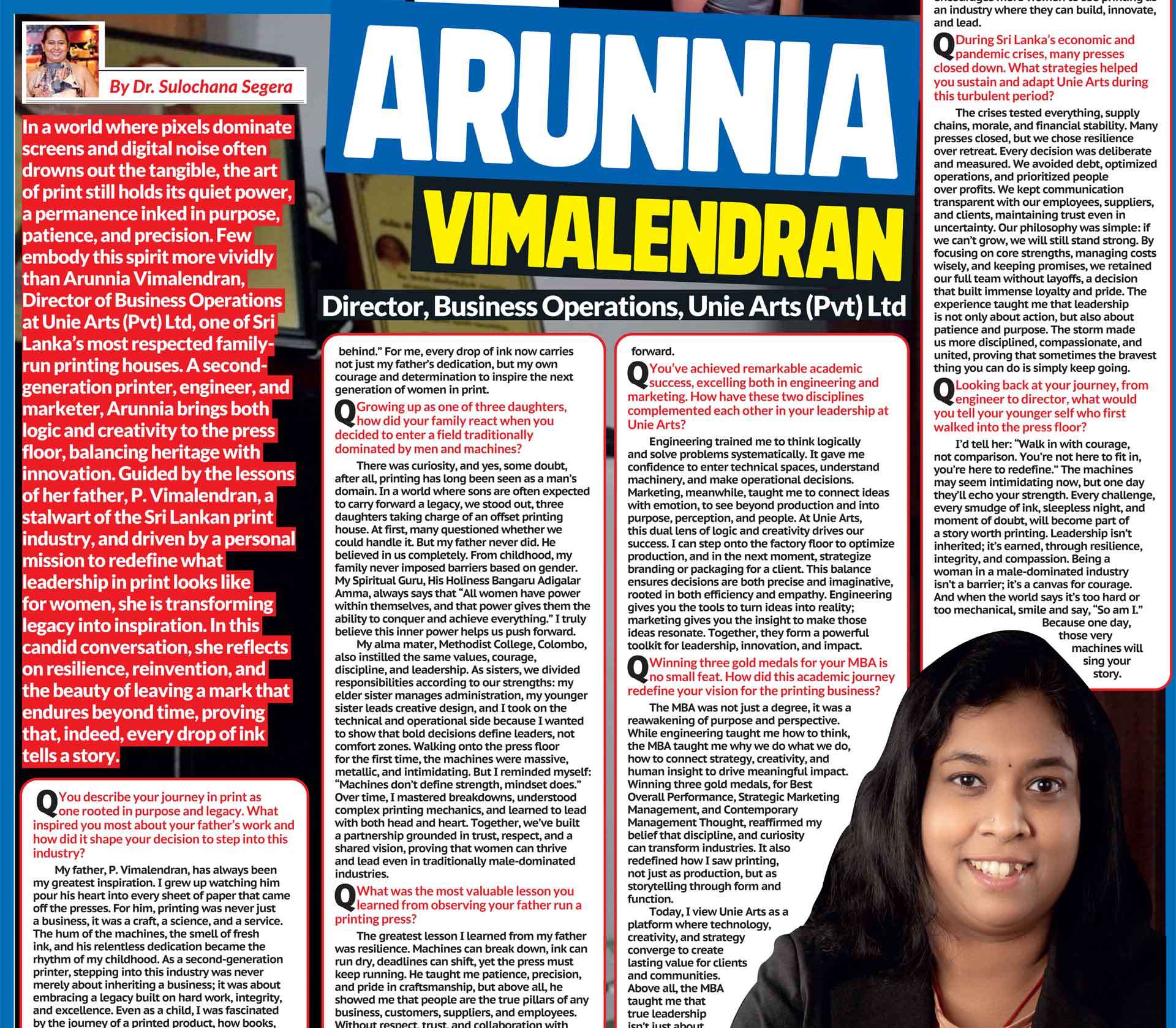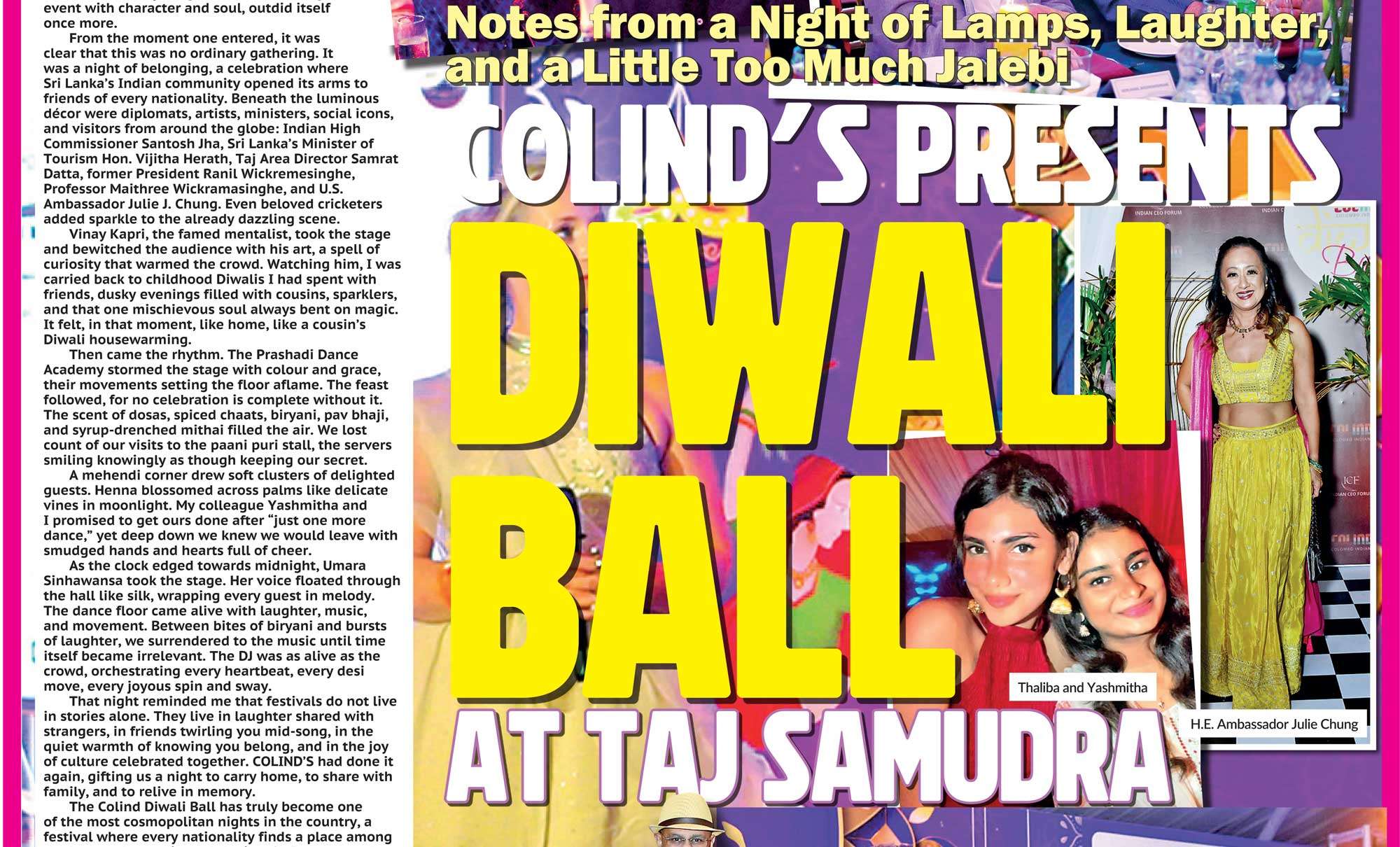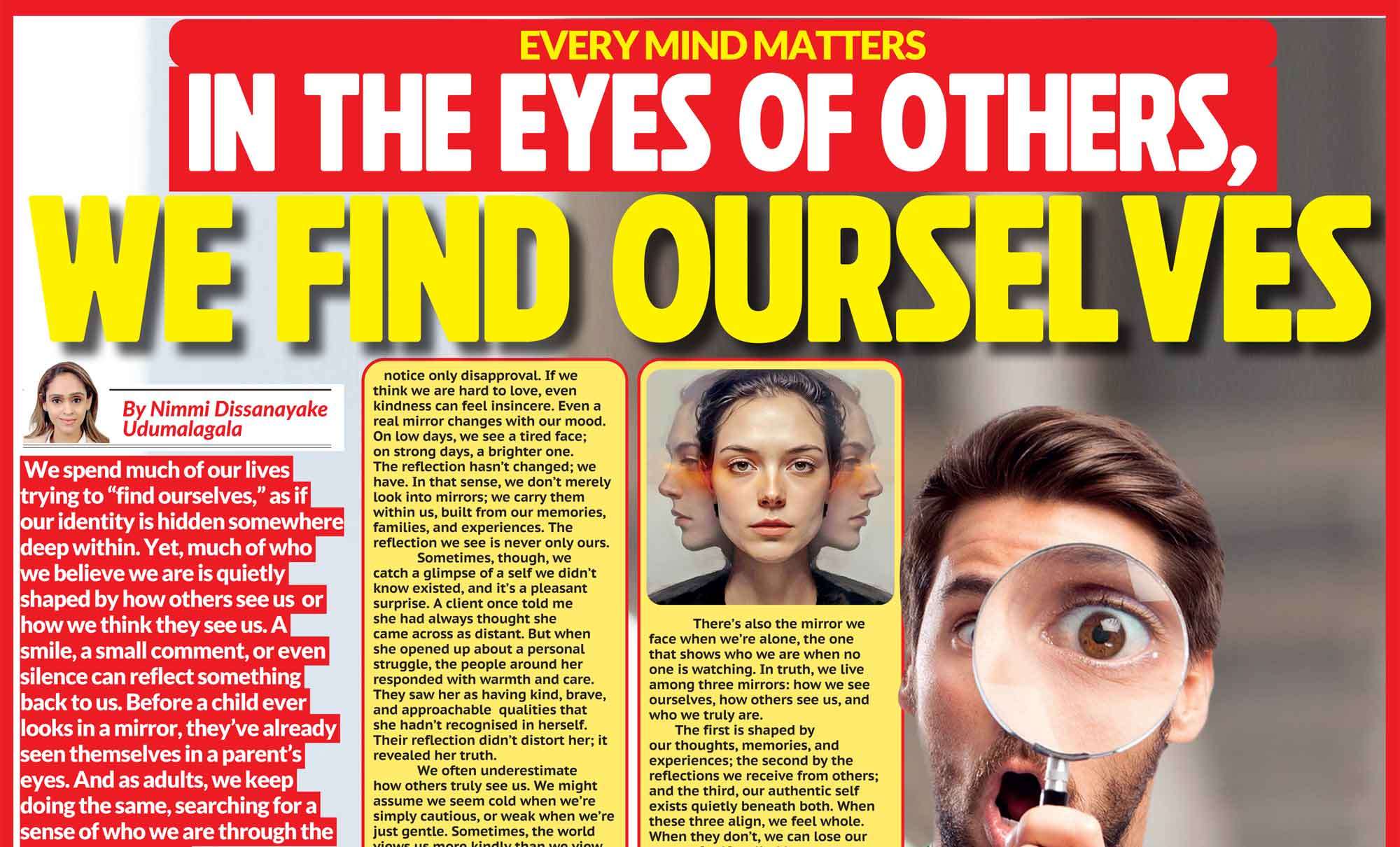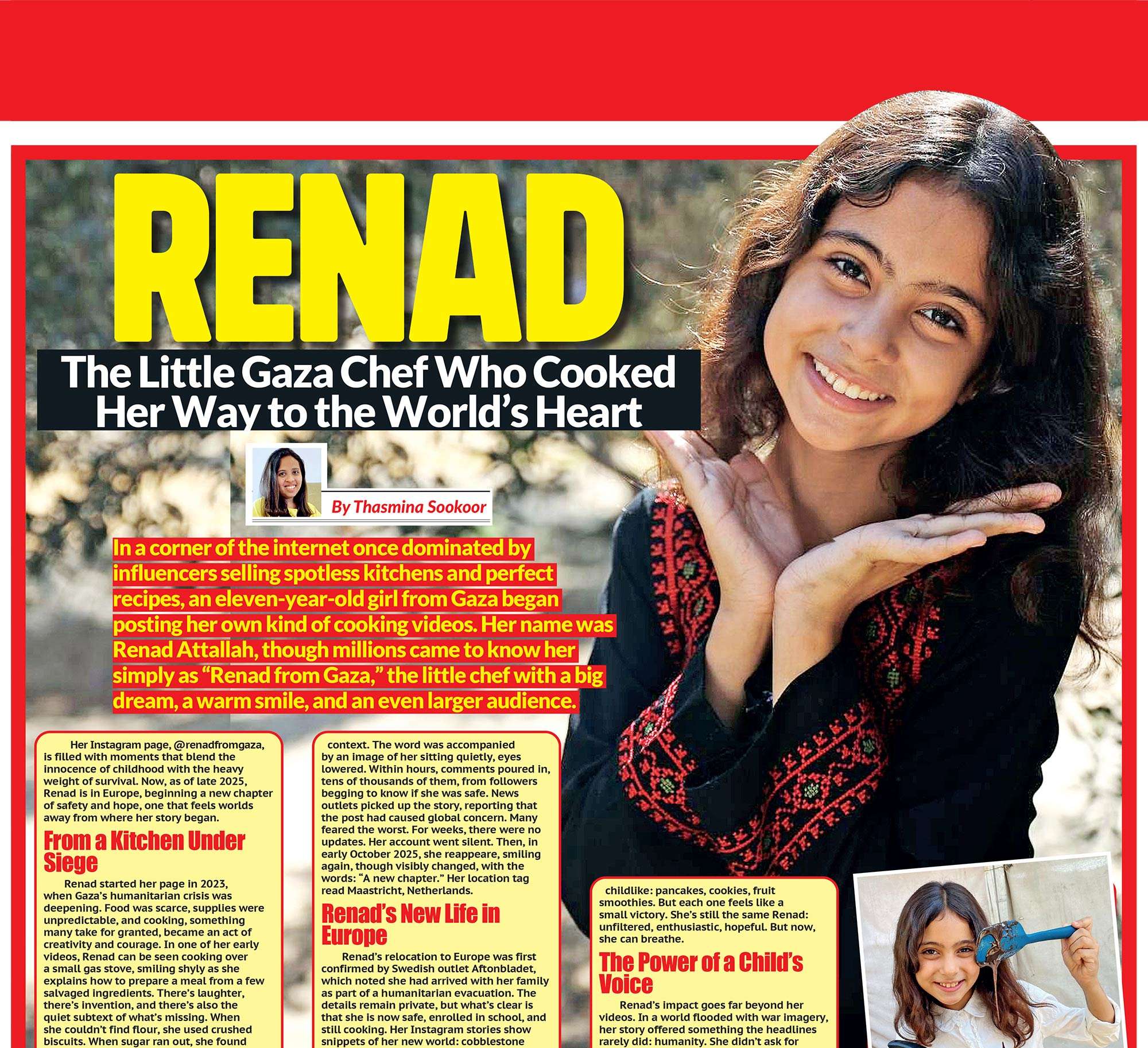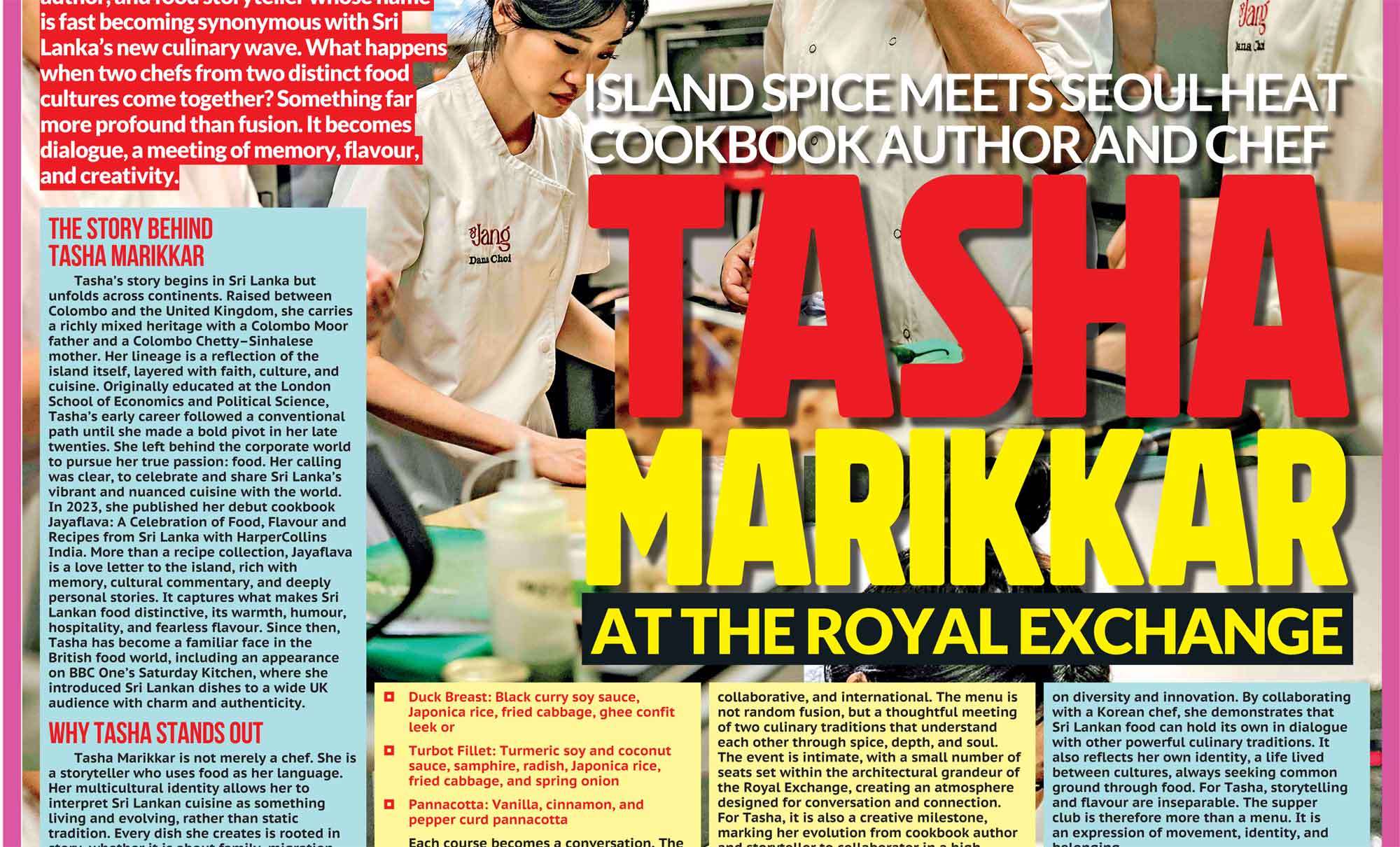What We Wear Speaks Volumes
Clothing is more than just fabric stitched together for function or form. It is a silent yet powerful language that communicates identity, emotion, and social cues without a single word. What we wear not only shapes how others perceive us but also reflects how we feel about ourselves. In today’s world, fashion is no longer bound by rigid traditions or societal expectations; it has become an individual expression of comfort, confidence, and personal truth. In the past, especially in places like Sri Lanka, clothing followed a predictable pattern rooted in cultural norms. Women wore sarees, men wore sarongs, and dressing was governed by clearly defined social rules. These choices were often about conformity rather than self-expression. But the world has changed. Modern life, shaped by globalization, creativity, and a growing emphasis on individuality, has transformed how people dress, and more importantly, how they feel about dressing.
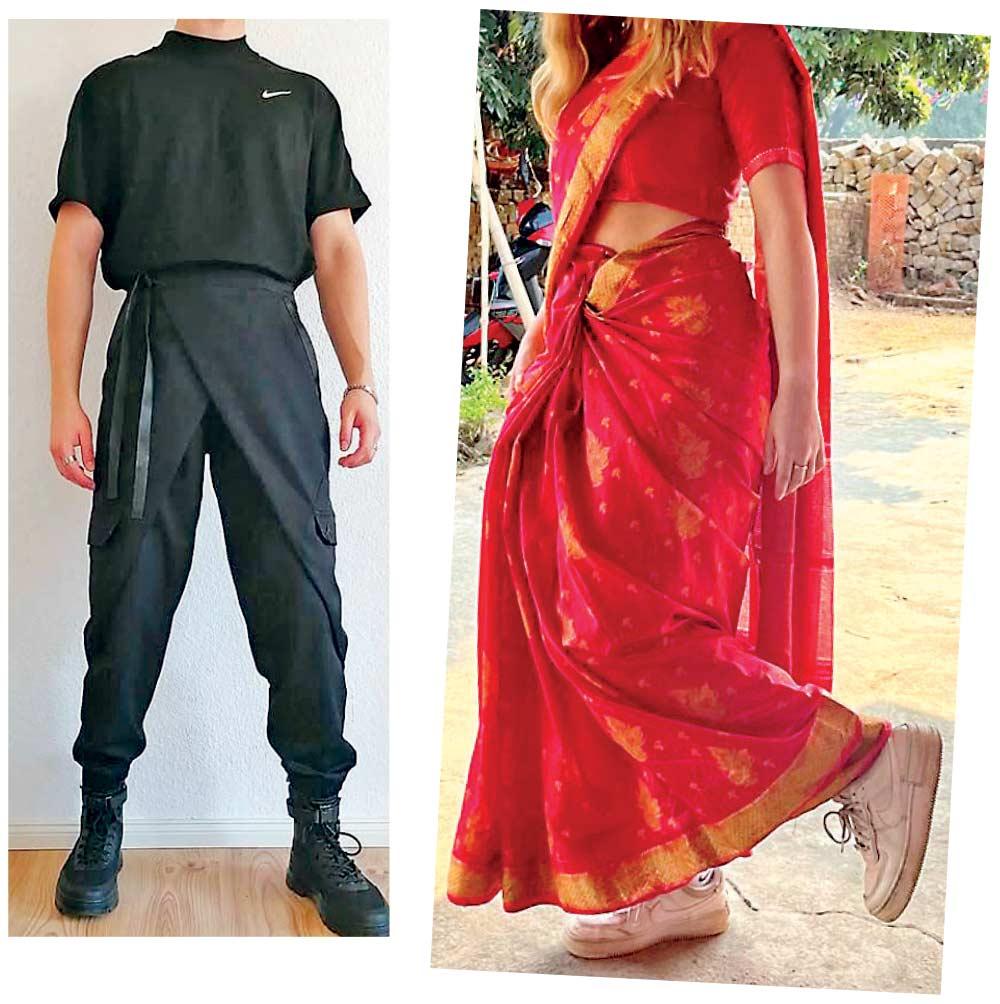
Today, there is no single “right” way to dress. One person may feel empowered and elegant in a traditional saree, while another may find their confidence in a kurta paired with jeans. Style has become subjective. It’s about what feels right rather than what fits into a historical mold. This shift represents a broader cultural evolution: the idea that identity is not static, and neither are the clothes we choose to wear.
Occasion-specific dressing has become the norm. A saree might be chosen for a wedding to honour heritage, while a sleek jumpsuit could be the go-to for a dinner out. School uniforms like a shirt and tie are still used to instill a sense of discipline, but casual wear dominates social settings, reflecting ease and a relaxed spirit. Even clothing that was once considered inappropriate for certain settings, like trousers for women or polo shirts in offices, has now been embraced as part of a “smart casual” aesthetic.
In Sri Lanka, especially among the younger generation, fashion is becoming a celebration of individuality. There’s a growing trend of mixing traditional and contemporary elements to create hybrid looks that are uniquely personal. A girl might pair an osari with sneakers and bold earrings, while a boy might wear a batik shirt styled with modern denim or streetwear accessories. These combinations reflect more than just style; they reflect a new cultural confidence that dares to be different while still respecting its roots.
This evolution in fashion is not about discarding tradition; it’s about integrating it into the modern world. It’s a delicate balancing act, honoring heritage while embracing contemporary identity. Today’s Sri Lankans are not abandoning their past; they are rewriting it in a language that reflects who they are now. Whether it’s a designer label worn with a handwoven sarong or a school uniform adapted to reflect a personal quirk, fashion has become a means of storytelling.
Most importantly, the freedom to choose what to wear, and what not to wear, represents a broader freedom: the right to define oneself. In this new era, clothing is less about what society expects and more about what makes one feel authentic. This is the heart of modern dress, it empowers, it liberates, and it listens. And in contemporary Sri Lanka, it seems that for the first time, that voice is truly being heard.
